To say that Android tablets were a disappointment could be the euphemism of the century.
When you take a step back and think about it, the fact that the Android tablets are so little underlined afterwards is almost shocking.Android is the most popular operating system in the world, after all, with a fairly important margin.It is sometimes easy to forget, but more humans wear Android smartphones than any other type of device in the universe.
And yet, despite all these advantages, Google has not succeeded, year after year, to transform Android tablets into an attractive and sought -after type of technology which is more than a simple point on the radar of mobile technology.I came to the point where I tell people to stay away from Android tablets and rather consider convertible chromebooks, because unlike the typical Android tablet, any Chromebook that you buy will receive updates.It will be taken care of with the latest confidentiality, security and performance standards for years after its purchase.And it will provide a really great experience.
Clear and simple, it will bring all the qualities that you expect from an Android tablet in a more focusing and friendly configuration - one with many advantages and without all the standard disadvantages of Android tablets.
Here is what is fascinating, however: Android tablets did not be so.Almost 12 years ago, Google bought a fashionable software startup that did incredibly interesting things with the interface design design.Society had all kinds of wacky ideas about the future of tactile interaction on the big screen, and Google seemed to be in introducing these concepts to the country of Android.
[Get Fresh Googley Insight in your inbox with my Android Intelligence Newsletter.Three Things to Know and Three Things to Try Every Friday!]
This is the story of an alternative future for Android tablets - a future that could have seen Android tablets draw new territories and upset our way of thinking about IT experiences on the big screen.
This is the story of the Android tablet interface that could have been.
Contents
The original story of the Android tablet
Before getting to the heart of this spicy technological sandwich, we have to step back for a second and plant the decor of what was going on with Google at the beginning of the 2010 decade 2010.
The Android tablet saga technically started in the fall of 2010, just a few months after Apple launched its first iPad Magical and Revolutionary ™.At this point, for the context, Google did not have a great way for Android to exist in a "large screen" form.(I put "big screen" in quotes because the first Android tablets were not much bigger than our current Android phones.Hey, everything is relative.)))) the manufacturers of devices who were desperately looking to compete were rushed to assemble their own half -cooked configuration.
More importantly, Samsung released its very first Galaxy Tab - a 7 -inch slate that worked on Android 2.2, operated exactly like a phone and even allowed you to make and receive calls with your own SIM card in some scenarios.In other words, yeah: it was more or less just a big phone.
At the beginning of the following year, in 2011, Google released its Android 3 software.0 Honeycomb - A tablet version only that has introduced a whole new base and prepared Android to exist in a large screen form.The first real Android tablets, including the Motorola Xoom classics, followed.

Android 3.0 was actually an admirable framework for a whole new type of mobile technology experience - one in which the main Android interface was completely redesigned to take advantage of the new screen space and create a more efficient and focused environmenton productivity.
(By the way, be sure to create a mental sign of the name displayed in the notification on this video sticker.It will be relevant in a minute.))))
But this state of mind will not last long.Apple had already caused a sensation with its iPad, and Google did its usual Google thing - first, by not succeeding in boarding the developers quickly enough to make a good first impression on the way the applications operated in its newly placed environmentOn a scale, then finally losing its objective, moving away from its original vision and, finally, simply leaving the idea of the Android tablet languid without any significant movement.
In 2016, Google had definitely abandoned the idea of the Android tablet.Android tablets always existed, of course, but Google did not do much to make them progress or promote them.
And that's not to mention the possibility of an Android tablet that has never made its way on the surface or has never had the slightest chance of shining.
An acquisition of Android tablet
It's time to come back now in May 2010, just a few months after Apple's first iPad entered the world.Google, probably at work on the first efforts around Honeycomb, quietly bought a company called Bumptop.The rumor wants the case to costs dear 25 to 35 million dollars - not a small piece of change, to say the least.
There was no official announcement or fanfare from Google concerning the acquisition, but Buptop alerted its existing users that its current software would no longer be sold or taken care of and that it would take theApplication “In a new fascinating direction” in the famous google walls.
So what exactly was Bump Top?In short, it was a radically different approach from the traditional computer interface.The software has given your office the appearance and behavior of a physical office, with all kinds of multitouch gestures and smart systems to interact with your business.
In a 2007 TED conference, the founder of Bumptop, Anand Agarawala-Do you remember this name a minute?- said he thought we were still in "the era of the rock painting of computer interfaces" and that it was high time for someone to try something new.
"A type of information I ... inspires me is my real office.It’s so much more subtle, so much more visceral - you know, which is visible, which is not.And I would like to bring this experience to the office, "he said.
Buptop has evolved towards a much more tactile interface in the months that followed.And this is really something you have to see to appreciate.This 2009 demonstration video shows the basics of the Bomptop office and how the software has reinvented the fact of moving to a computer:
Once Buptop has become a Google entity, most people supposed that his approach would become the future of Android in its larger screen form.As a quick business put it on time:
It was logical - almost too much sense.
But, as you can probably imagine, things did not go exactly as planned.
The path of the Android tablet
In addition to the big purchase of Bumptop, something else has happened in Google in May 2010.Towards the end of this same month, just a few weeks after the signing of the Bumptop agreement, a highly respected designer joined Google as the first director of the user experience for Android.
Ce designer n’était autre que Matias Duarte – le gars qui avait dirigé le développement de l’interface webOS de Palm et qui avait été récompensé pour ses efforts sur le Danger-made Sidekick (alias le Hiptop)))) avant cela.
And with whom had Duarte worked at Danger?Main points of Nerd if you know the answer: it was a certain Andy Rubin, who co -founded the company, then co -founded Android and supervised its evolution within Google throughout 2013.
Rubin's inheritance is now much more complicated, to say the least, but at the time he was the big commander of everything that concerned Android - and Duarte was his new assistant responsible for putting the moreaccent on the design of the platform.So far, as powerful as Android has been, the software has generally been more oriented towards usefulness, the design taking precedence over the power and the pure function.
Under the direction of Duarte, we saw a notable change.First came the software known as Honeycomb - although with its already in progress efforts at the time of the arrival of Duarte, the Android 4 version.0 Ice Cream Sandwich Seven months later is generally considered more representative of the full influence of Duarte.
Anyway, Bumptop's concepts have barely leap into the operating system.You can see what seems to be a slight touch of Bumptop inspiration in the accordion widgets of the Honeycomb era, which followed a similar type of stacking and reversal model to what we saw throughout Bumptop…
... But other than that, there is not much obvious inspiration of Buptop anywhere in Android - at least, externally - and it seems that most of its concepts have been lost over time.
As for the founder of Buptop, Anand Agarawala, he worked at Google for about four and a half years, according to his LinkedIn profile - starting at the time of the acquisition of Buptop and until October 2014.His profile indicates that he played a role in the development of the Android interface for the Android 2 version.3 Gingerbread which was released in December 2010 as well as the Honeycomb suite and updates Ice Cream Sandwich.After that, he apparently spent time working on "New generation AR ARP applications" at Google X as well as Google+ mobile applications and on the “Automatic Creations of Stories” feature of Google Photos.
Agarawala left Google in 2014 and directed its own new startup in the years that followed - a company called space it brings a little very familiar interface concepts in the field of augmented reality.
And Bumptop himself is now available as an open source project, with a note from Agarawala that declares:
And so on.
The future of the Android tablet
There is another Fascinating Folder note to this story-and perhaps, in the future of Android tablets and where things could go from here.
In a gesture that seems to have gone largely unnoticed with the masses who watch Google, a guy by the name of Rich Miner seems to have joined Google last March in order to take on a new role with the title of "CTO, Android tablets".
In case its name does not remind you immediately, Miner was one of the original co-founders of Android, alongside Andy Rubin. Je l’ai interviewé en 2016 pour mon podcast (qui n’est plus accessible au public)))) et j’ai tout entendu sur son chemin sinueux à travers l’univers de la technologie mobile.He played a key role in the birth of Android and helped shape his management during the first years of his existence, and although he may not be a familiar name today, his influence has undeniablyhelped Android to become what has become.
(I tried to contact Google to ask for additional information on the nature of the new role of mine and to see if it would be available for an interview, but I never had an answer.I also tried to contact Agarawala a few times during the years without any response.))))
Miner left Android in 2010 and then worked in the Google venture capital branch.In 2016, he took a position at the head of a mysterious new educational project of Google which may or may not have finally led to tangible products.And now it seems that he has returned to his roots to continue a new start under the aegis of Android.
The history of Android tablets has already had more than its share of twists and turns missed.But perhaps, just perhaps, that the story is not yet over.Maybe another chapter will see the light of day.
If there is one thing you learn by spending enough time watching Google, it is that you never really know what could happen then.
Register for my Android Intelligence newsletter to get pungent knowledge with Google flavor in your reception box every Friday.


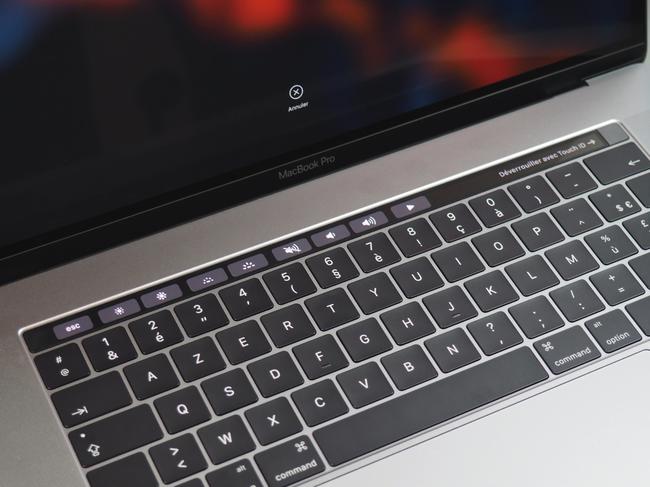

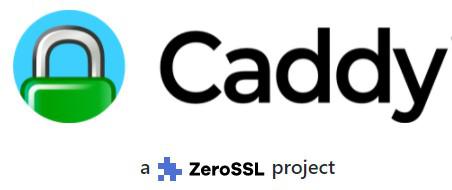

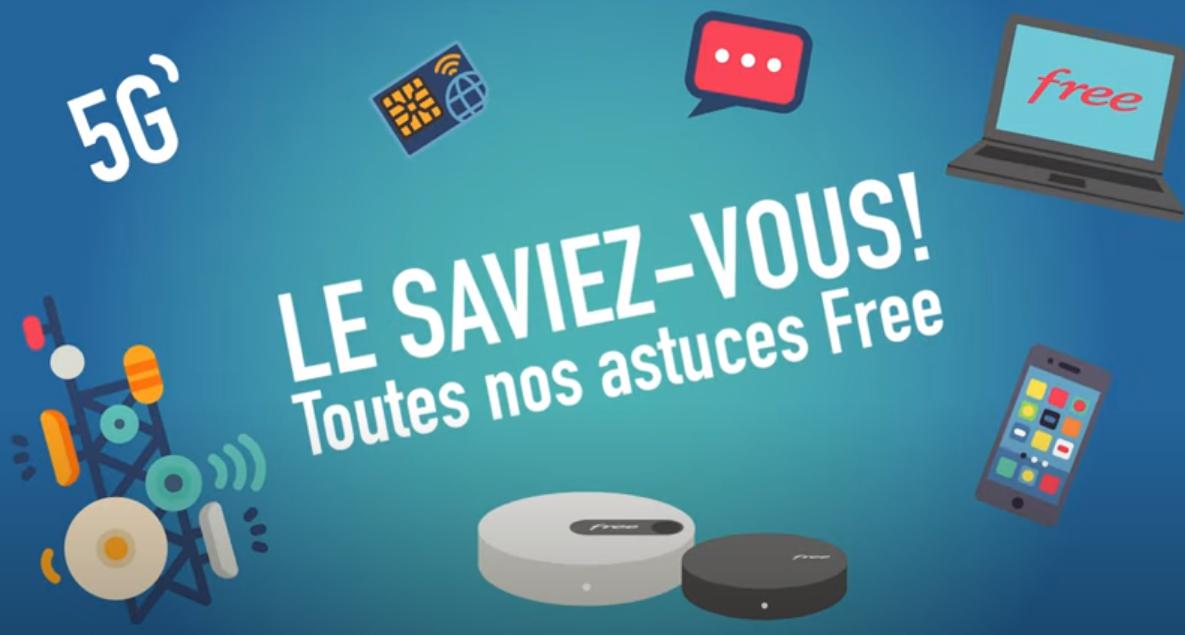
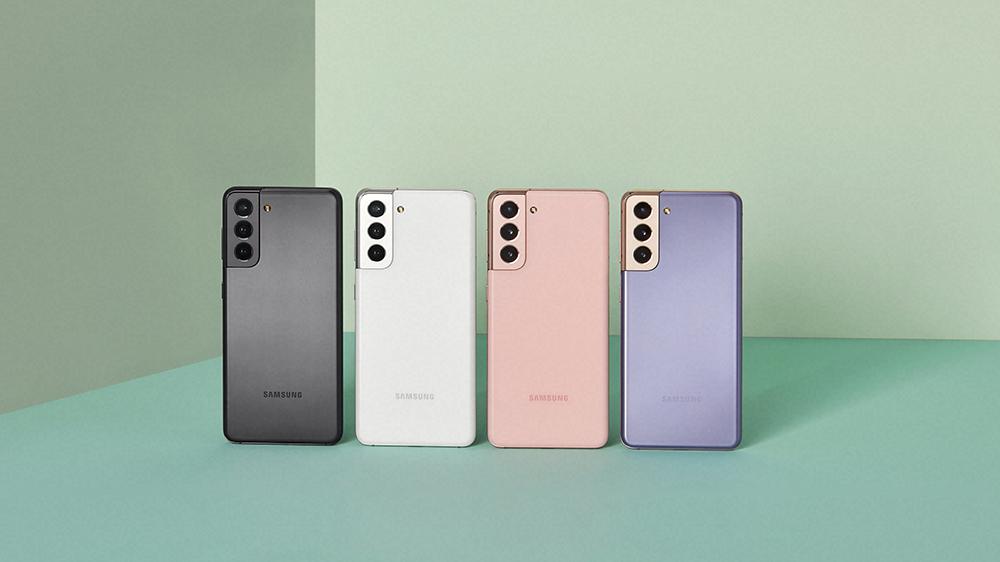
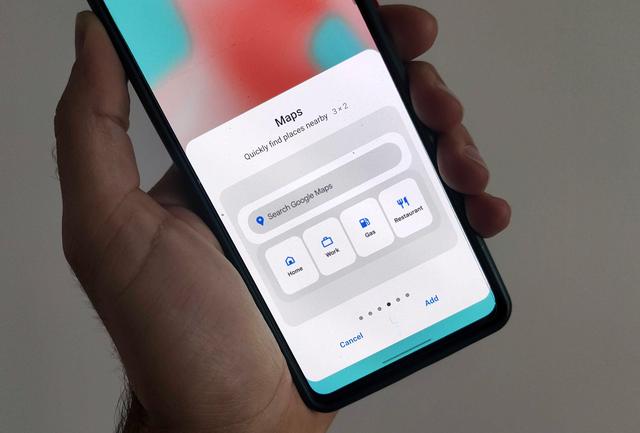
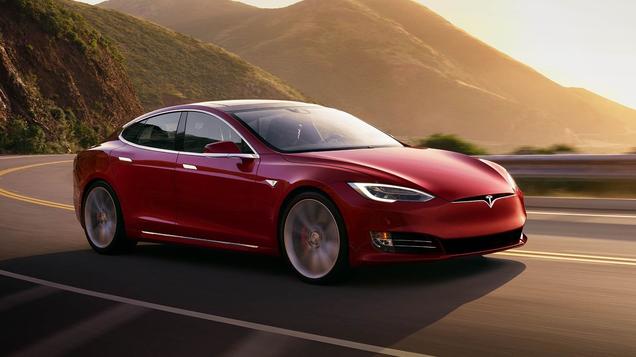
Farewell Touch Bar, I won't regret...
Caddy, the only web server to use H...
Burkina Faso / Gabon (TV / Streamin...
What the future of work will not b...